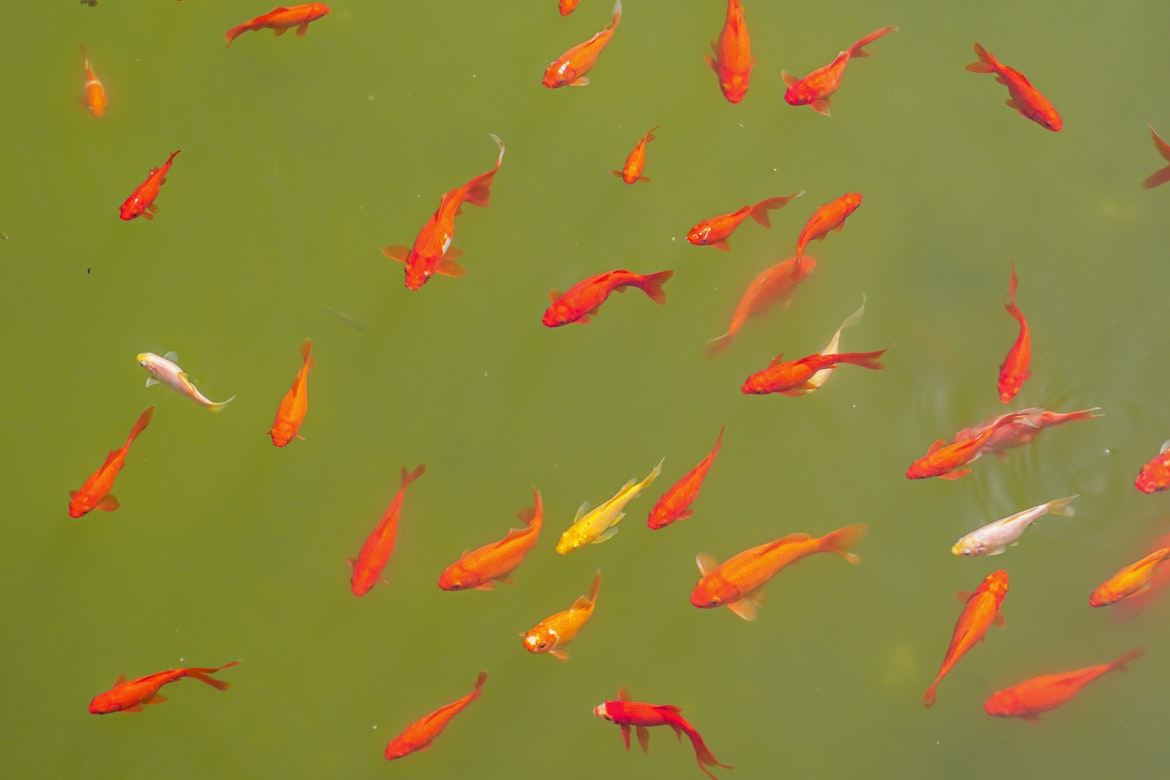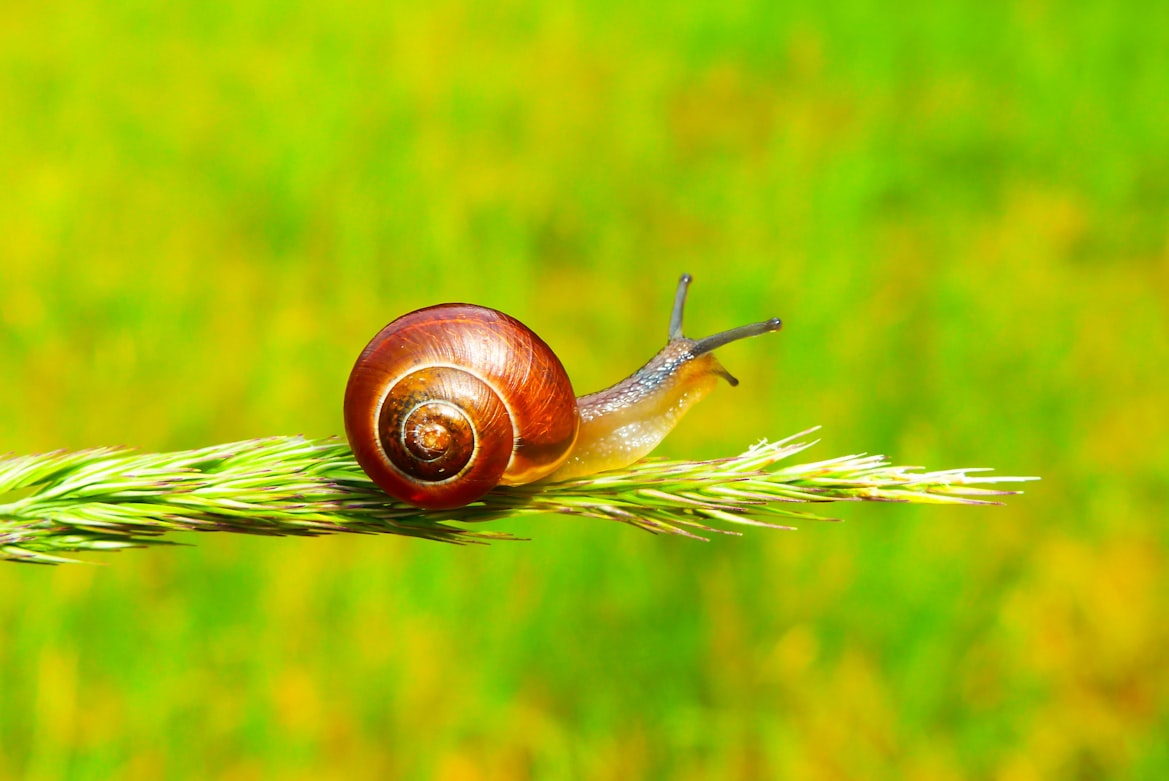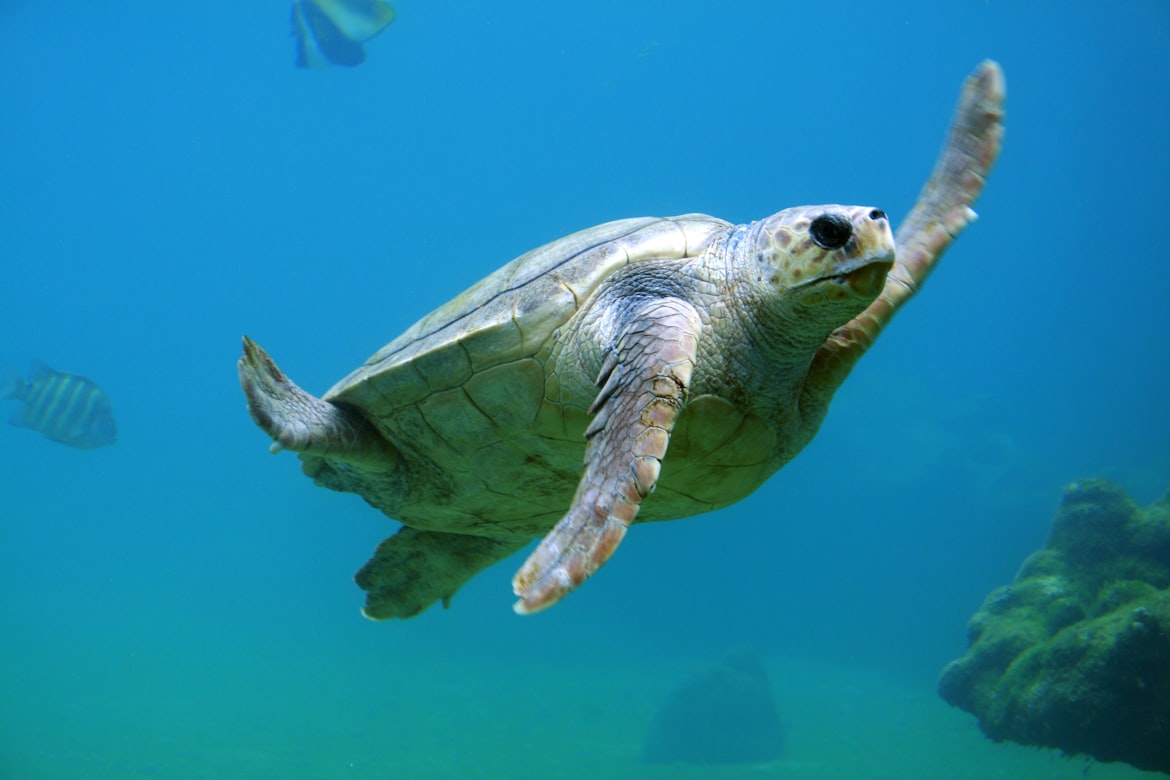As an Amazon Associate I earn from qualifying purchases.
What Do Baby Softshell Turtles Eat?

Consider a softshell turtle if you’re interested in an unusual aquatic pet. As the name implies, these weird-looking turtles lack one of the fundamental characteristics possessed by virtually all turtles: a hard shell. Turtles that do not have shells are more likely to be targeted in the wild. Softshells, on the other hand, can move quickly on land.
The softshell turtle is a species that can be found in North America, Africa, and Asia. It’s likely that softshell turtle flesh is used as a component of turtle soup in areas where it’s a popular dish. Softshell turtles, on the other hand, are fascinating pets for the appropriate owner if they can avoid the stew pot and perhaps an alligator now and then. Turtles of this sort are more for viewing than for handling as pets. They do, however, need some effort to get their habitat set up correctly. Their fast swimming and other activities, on the other hand, may keep you entertained for many years if you establish a schedule.
What Do Baby Softshell Turtles Eat?

The baby softshell turtle is one of the most difficult turtles to maintain as a pet. They’re about the size of a half-dollar when they’re newborns, and youngsters develop at a sluggish pace. They do not become sexually mature until they are approximately eight years old. They emerge between August and November, then hibernate during the winter months.
Turtles are meat-eaters. However, don’t believe that feeding them raw beef and ham is fine. These creatures must consume a balanced diet that includes natural foods found in the wild and healthful options developed for their unique requirements. In the wild, a baby softshell turtle’s diet includes insects, worms, small fish, and newborn crawdads.
Vitamins
Vitamin A, calcium, and protein are required for baby softshell turtles to grow. Fish flakes or pellets will not provide the nutrients they require. When necessary, turtles can survive extended periods without food; therefore, if you’re having difficulties getting it to eat any of these foods, just wait a little longer.
To get your turtle to eat softshell pellets, mix them with chicken liver. Calcium sulfa blocks might also assist your turtle in getting the calcium it needs without devoting too much time or money to nutritional supplements.
What Do Baby Softshell Turtles Eat As Pets?

In the wild, Softshell turtles feed on a wide range of invertebrates, eggs, fish, and amphibians. They are also primarily carnivores in captivity but will adapt to eating floating turtle pellets.
Pet softshell turtles are fed a diet that includes insects, worms, crickets, and other readily accessible prey items.
Pinky mice and tiny amphibians, such as frogs, are also eaten by larger softshell turtles. To feed your turtle without having to get out of the pool, but the food in the water and allow them to eat. In general, give adult feeders one meal a day as much as they can consume in 15 minutes. However, consult your veterinarian about the quantities and timings of the feedings for your turtle’s age and size. They do not require a separate water dish.

What Do Baby Softshell Turtles Eat in The Wild?

The softshell spiny turtle will consume almost everything in the water that can be stuffed into its mouth, which might include aquatic insects, fish, and crayfish. They’ll burrow themselves down at the bottom of a lake and just their heads will stick out, capturing dinner as it swims by.
How often Do Softshell Turtles Eat?

It is vital to understand the dietary habits of any turtle species before adopting them. How much or how often should you feed your pet, for example? I realize that there is no one-size-fits-all answer to this question, but I’ll try to provide an overview from my own turtle-keeping experience. As this essay is about the softshell turtle, only its food-related behaviors will be addressed.
Every day for the first six months of its life feeds a softshell turtle. After that, feed the softshell turtle once every two or three days. Continue with the 2 or 3 times each week diet plan as long as you keep feeding your turtle.
From this post, you will learn how often and how much to feed your softshell turtle. In addition, I’ll go through its balanced diet as well as nutrition-related issues. So read everything until the end of this post.
Feeding Schedule
A baby softshell turtle requires additional nutrients than an adult one. Because most of the body and bone growth takes place during the early phases, this is an excellent time to start feeding your hatchling. As a consequence, you must offer your youngster vitamin-enriched meals. Due to a lack of adequate nutrition, the pet may become fragile.
You must feed a softshell turtle every day for the first six months of its life. By dividing the entire meal into two halves, you may feed the pet twice a day. The majority of the species’ known predators are Carnivores. As a result, include commercial pellets, earthworms, small fish, and bloodworms in the diet. Vegetables and tiny plants should not be offered to the hatchlings.
Vitamins and minerals are required for calcium to be activated. The vitamin is produced in the pet’s body using UV radiation. To enable the softshell hatch to digest minerals and vitamins, you must provide a UV bulb within the habitat in captivity.
However, for the sake of safety, nutrients like vitamin D3 and calcium should be sprinkled on each meal. Calcium is available in the form of a cuttlebone. The addition of the cuttlebones occasionally will assist the pet to achieve its calcium needs.
Feeding Schedule After 6 Months
After six months, your softshell turtle’s diet plan will alter. You must now feed your pet every other day. To the meal, you may add plants or leafy greens such as kale or romaine lettuce. Plants are not loved by softshell turtles. However, if the pets are ready to eat a tiny amount of vegetables on a daily basis, you may offer them some.
Continue feeding the pet with small fish, large fish, crayfish, snails, insects, pellets, and worms. Vitamin D3 and calcium supplements should be sprinkled on each meal. Softshell turtles may like cuttlebone once in a while.
How To Take Care of Baby Softshell Turtles?

Fish Tank
Individuals keep these creatures in aquariums, but a big tub or plastic pool with a capacity of at least twenty gallons is acceptable. A tank with a capacity of fewer than 20 gallons is suitable for a short-term solution, but you’ll eventually want to move up to a 20-gallon tank.
Turtles require a lot of space, so the ideal tank is one that is at least 20 gallons in size. The larger the tank, the better (provided your turtle can swim freely for exercise and exploration), but anything smaller than twenty may be too restricting.
Creating A Safe Environment in The Tank
Turtles shed their shells on a regular basis to keep themselves healthy, so they must have something to climb out of the water. It doesn’t have to go all the way out of the water; only deep enough for it to have its shell dried up, should be more than adequate.
When it comes to water turtles, the most crucial thing is to keep your turtle’s head above water while submerged. It’s also critical to provide a solid place to stand and breathe while submerged in water so that the turtle’s neck reaches the surface. They will spend the bulk of their time in this shallower region. If a resting area for them to rest in is not accessible, the turtle will eventually drown.
What Are The Natural Predators of Baby Softshell Turtles?
Turtles may be attacked by a variety of predators, including fish, birds, snakes, frogs, and lizards. Chelonians are susceptible to predation by a variety of animals.
Turtles may be attacked by a variety of predators, including crocodiles and hawks. They have several protection mechanisms against predators, such as hard shells and the capacity to withdraw into their shells.
Chelonians are also unable to retreat into their shells, as not all chelonians can do so. Adult turtles have fewer predators than juvenile or immature ones, but eggs and hatchlings are exposed to a plethora of dangers from birds of prey to mammals.
The primary cause of the turtle population’s decline is that only a small percentage of the eggs they produce hatch. This is due to them being eaten by predators before they have a chance to develop.
In captivity, you must keep your pet turtle safe from predators such as opossums and raccoons. Even cats and dogs have been known to attempt to eat your pet chelonian. The need for complete protection is obvious.
Your turtles aren’t entirely secure even if you have a turtle pond at home. Because of this, the following article discusses what eats turtles and how you can keep your turtles safe from predators.
Predators of Baby Softshell Turtles
The North American softshells, also known as the Apalone genus, are the species of softshell turtles we will focus on. These are the most popular softshell turtles. There isn’t much information available on other softshell turtles from around the world, especially what they eat.
Humans are the number one predator for softshells, such as the black softshell turtle. Florida Softshell, Smooth Soft-Shelled Turtle, and Gulf Coast Spiny Softshell are three varieties of American softshell turtles.
Crows, red foxes, raccoons, skunks, eagles, otters, herons, snapping turtles, egrets, alligators, and water snakes are all potential predators of baby softshell turtles.
How Do Baby Softshell Turtles Protect Themselves?
Turtles, like all other animals, must collect resources from their environment, avoid predators, and reproduce. Turtles have a solid shell to protect them from predators and aid in their survival methods, but the softshell turtles (family Trionychidae), by contrast, have abandoned the protection of the hard shell and evolved a way of life that compensates for it.
A lack of a hard, protective shell is one of the most significant difficulties for softshell turtles. While it’s true that the softshell’s shell is leathery instead of horny, it is robustly defended by an enormous rib cage.
Softshell turtles may grow to be as big as 14 feet long and weigh upwards of 1,000 pounds. Additionally, because softshell turtles may reach tremendous sizes, they are protected against the majority of predators. The swimming ability of these turtles also aids them in avoiding predators better than some other species that aren’t as quick in the water.
The softshell turtles utilize their floppy, flatter shells to stay extra vigilant. These reptiles may act swiftly and swiftly in the event of an assault or emergency. The hefty physique of the softshell turtles, on the other hand, works in their favor. They make use of it as a protection against tiny predators by using it as a shield.
Another technique wild softies use to preserve themselves is to hide and wait for the predator to pass by. This one, despite its flaws, has to be acknowledged as a smart strategy.
The softshell turtles are strong swimmers. They can go anywhere, even if the water is turbulent or still. When threatened, softshell turtles may not just hide to defend themselves; they may also attack predators.
The softshell turtles’ assault is quite ferocious. These turtles utilize their long sharp teeth, thick necks, and forceful clawed feet to attack predators. The softshell turtles have horny beaks that act as weapons in battle.
The bite or assault of the softshell turtles is harmful, regardless of whether you believe it or not. If a softshell turtle attacks an opponent, it will cause significant bodily damage.
Amazon and the Amazon logo are trademarks of Amazon.com, Inc, or its affiliates.

